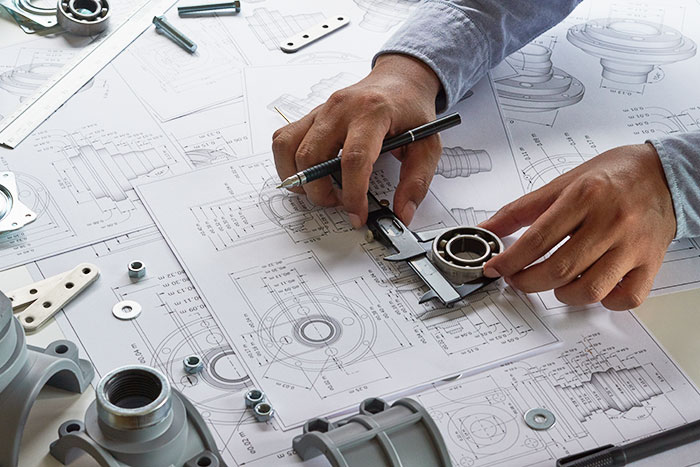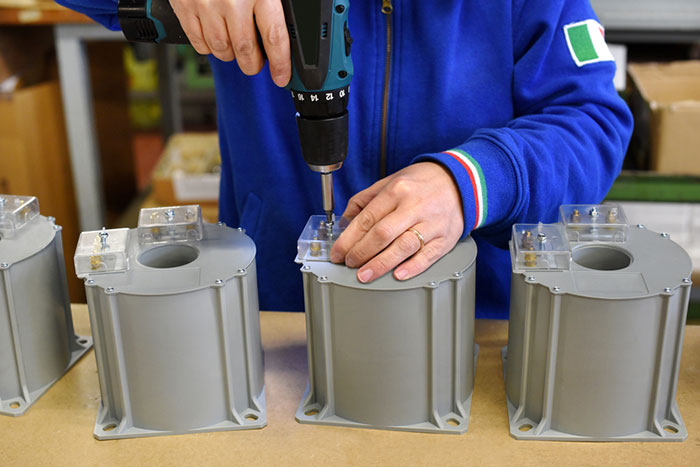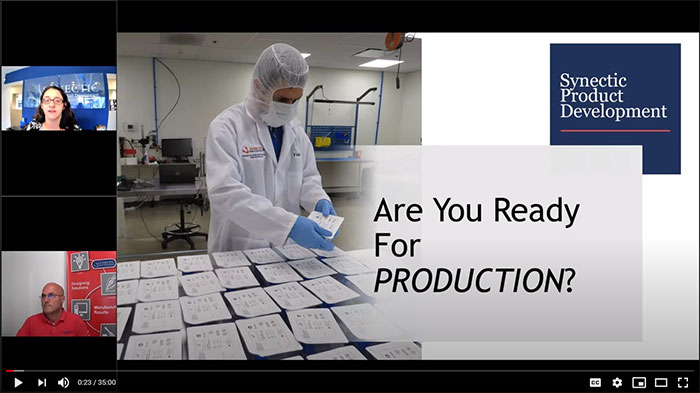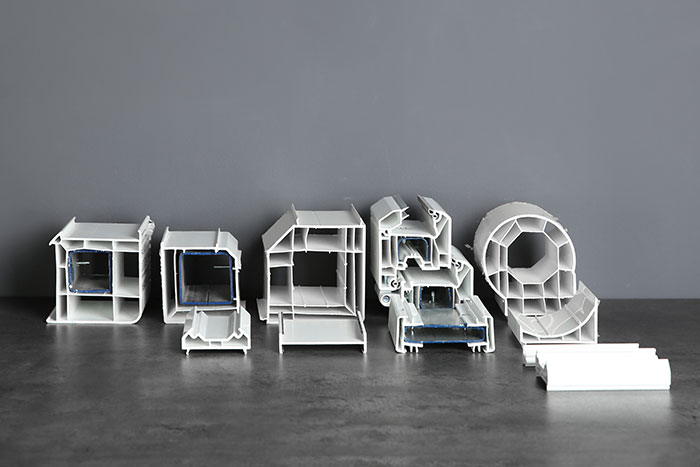
Structural foam molding, like gas assist, is another manufacturing process in the plastic injection molding family. The process creates a singular large and complex part that normally requires many components to complete. In this article, we review what you need to know about structural foam and how it can benefit your part assembly process.
What is structural foam molding?
Structural foam molding is an alternative molding process for parts requiring geometries and flow lengths outside the parameters for traditional plastic injection molding. The process is similar to injection molding, except a chemical blowing agent is used during the molding process. The chemical agent combines with the resin fed into the mold press, causing a chemical reaction. The chemical reaction forms gas bubbles inside the now-melted resin. When the gas bubbles expand, they form a cellular matrix or “foam” that packs out the tool cavity and creates the part.
Benefits of structural foam
There are several benefits that come from manufacturing parts using structural foam molding. The gas bubbles within the plastic part help fill in mold walls and cavities more effectively than traditional molding. Additionally, the molding pressure decreases due to the presence of expanding gas. Gas expansion lowers the pressure to about 1 ton per square inch of the part area, compared with 4 tons for traditional molding. Lower pressure means that the parts are formed using smaller injection molding machines, driving costs down.
Structural foam is better suited for thicker-walled parts due to the lowered pressures. The molding process can help product designers achieve over 100% rib to wall ratios for thick parts. Gas present within the plastic decreases plastic weight and lowers resin costs.
One of the most important benefits is that structural foam allows combining multiple components into a single moldable piece. Fewer manufacturing processes needed to produce a part can easily offset higher tooling costs.
Design considerations for structural foam molding
Designing parts for manufacturing using structural foam requires a few more considerations when compared to traditional plastic injection molding. Engineers must consider the design criteria early in the process, rather than switching molding techniques. The part walls must be thicker than ¼ inch because thin walls deter the necessary chemical reaction. The increased part size will increase cost, but the lower foam weight offsets this.
The finished surfaces of a structural foam part are inherently rough from the foam texture. Due to the rough aesthetics, unfinished structural foam surfaces should be limited to the interior of a part if possible. In order to create a more aesthetically pleasing part the surface requires sanding and painting. The added finishing processes add to costs and completion time.
How to finish structural foam parts
Finishes for structural foam include sanding and a multi-step painting process. The sanding will reduce the roughness of the part and help achieve a smoother finish. However, this still will not be comparable to a traditional molding finish. A multi-step paint process of priming, finishing, and spatter coating is recommended to achieve the best aesthetic possible for a structural foam molded part.
To recap, structural foam molding reduces part weight, lowers press tonnage requirements, and produces parts that are very large, thick, or hard to fill. Structural foam is just one method of plastic injection molding that Synectic has extensive experience in developing. If you are unsure if structural foam molding would be the correct process for your project or would like some expert manufacturing advice, contact us and we would be happy to help.
Need Structural Foam Molding?
About Synectic Product Development: Synectic Product Development is an ISO 13485 compliant, full-scale product development company. Vertically integrated within the Mack Group, our capabilities allow us to take your design from concept all the way to production. With over 40 years of experience in design, development, and manufacturing, we strive for ingenuity, cost-effectiveness, and aesthetics in our designs. Learn more about our contract manufacturing services and see how we can help your next project.




